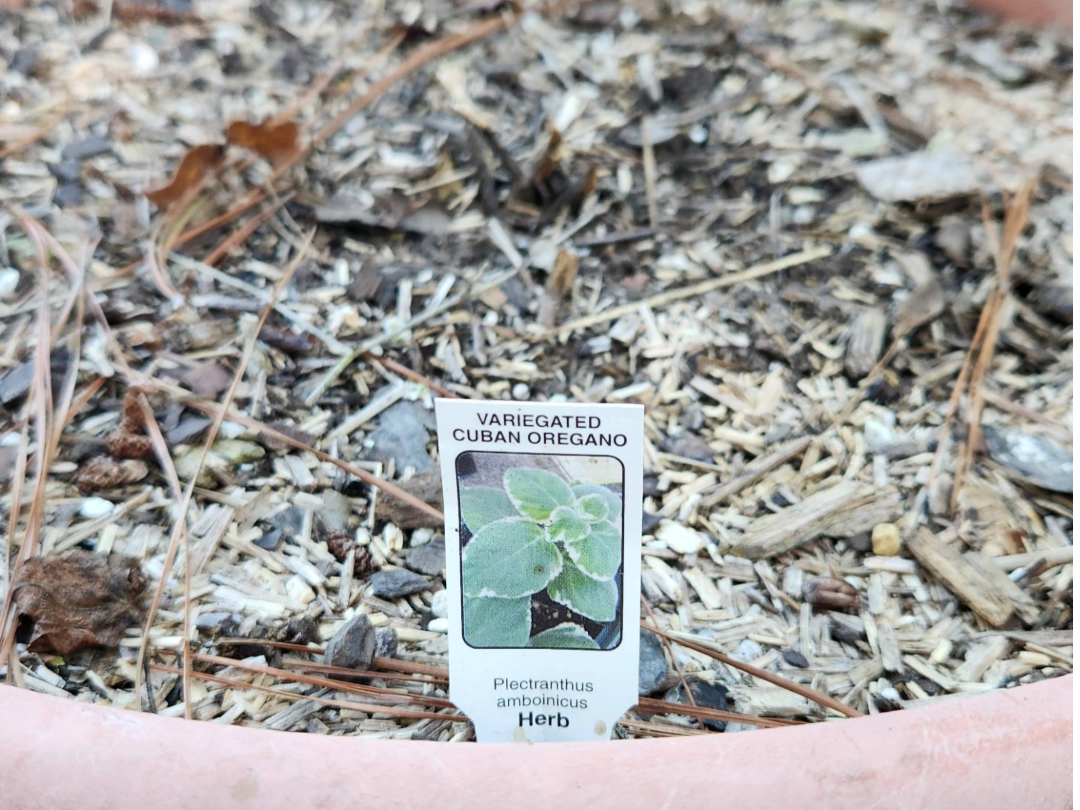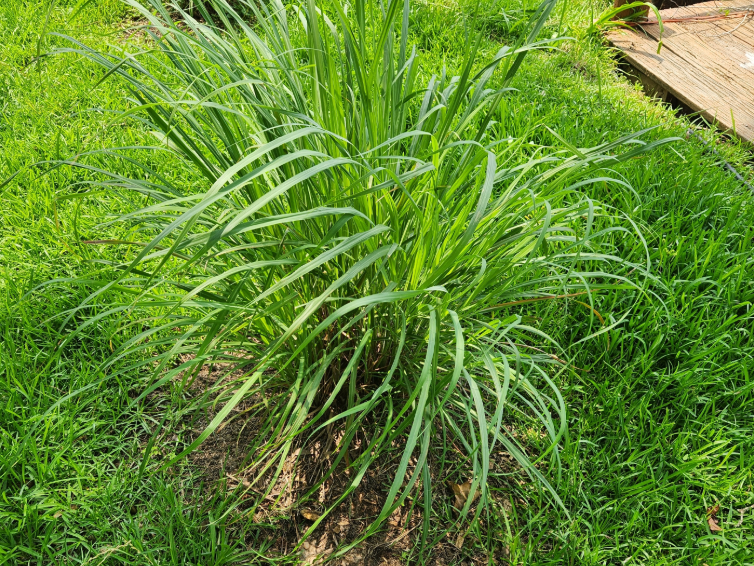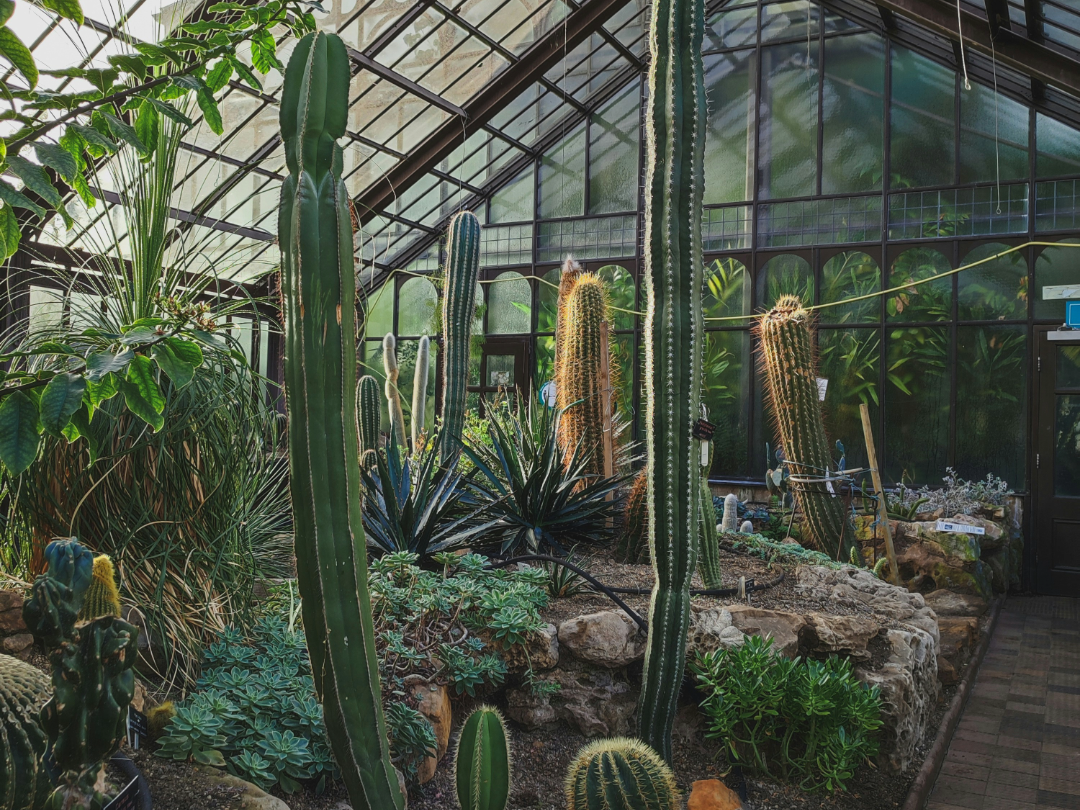Vertical gardens, also known as living walls or green walls, are innovative expressions of horticulture that bring the beauty of nature to vertical surfaces. This gardening technique defies traditional boundaries by transforming walls, fences, and even the sides of buildings into vibrant canvases of lush foliage. Vertical gardens not only serve as stunning architectural features but also offer practical solutions for maximizing greenery in urban spaces where horizontal land may be limited.
1. Vertical Design Principles:
At the heart of vertical gardens is a thoughtful approach to design, where plants are arranged vertically to create a living tapestry. The vertical structure not only adds a dynamic and aesthetically pleasing dimension to the landscape but also optimizes space utilization. Different plant species are strategically chosen based on their growth habits, textures, and colors, contributing to a visually engaging and harmonious composition.
2. Plant Selection and Diversity:
The success of a vertical garden hinges on the careful selection of plant species. Succulents, ferns, trailing vines, and other low-maintenance plants are often favored for their adaptability to vertical surfaces. The diverse array of plant choices allows for creative expression, with the potential to craft living artworks that change with the seasons. Vertical gardens also offer an opportunity to incorporate a mix of flowering plants, adding bursts of color to the vertical landscape.
3. Structural Support and Irrigation:
Creating a sturdy support structure is crucial for the success of vertical gardens. Whether installed on freestanding frames, attached to walls, or integrated into building architecture, the structure must provide ample support for the growing plants. Additionally, efficient irrigation systems, such as drip irrigation or hydroponic methods, are essential to ensure that water reaches all parts of the vertical garden, promoting healthy plant growth.
4. Urban Greenery and Sustainability:
In urban environments, where green spaces are often limited, vertical gardens serve as green oases, contributing to the well-being of both residents and the environment. These gardens play a role in improving air quality by absorbing pollutants and releasing oxygen. The vertical structure also provides insulation, helping to regulate temperature and reduce energy consumption in buildings.
5. Versatility and Adaptability:
One of the notable features of vertical gardens is their versatility. They can be implemented in various settings, from residential balconies and courtyards to commercial spaces and public buildings. Mobile and modular vertical garden systems further enhance adaptability, allowing for easy relocation and modification. This adaptability makes vertical gardens accessible to a wide range of gardeners, regardless of available space.
6. Artistic and Architectural Integration:
Beyond their ecological benefits, vertical gardens serve as living works of art that integrate seamlessly with architectural elements. Whether integrated into the design of a modern building or added as a green accent to a historic structure, vertical gardens showcase the harmonious fusion of nature and human-made environments. Architects and landscape designers often collaborate to create bespoke vertical garden installations that complement and enhance the overall aesthetic of a space.
Summary
In essence, vertical gardens redefine the traditional boundaries of gardening, turning vertical spaces into thriving ecosystems. As urbanization continues to reshape landscapes, vertical gardens offer a sustainable and visually striking solution, providing a green refuge amid concrete jungles. These living walls inspire a new perspective on gardening, encouraging creativity, environmental stewardship, and a deeper connection with nature in the heart of urban settings.
Follow along on Facebook!








